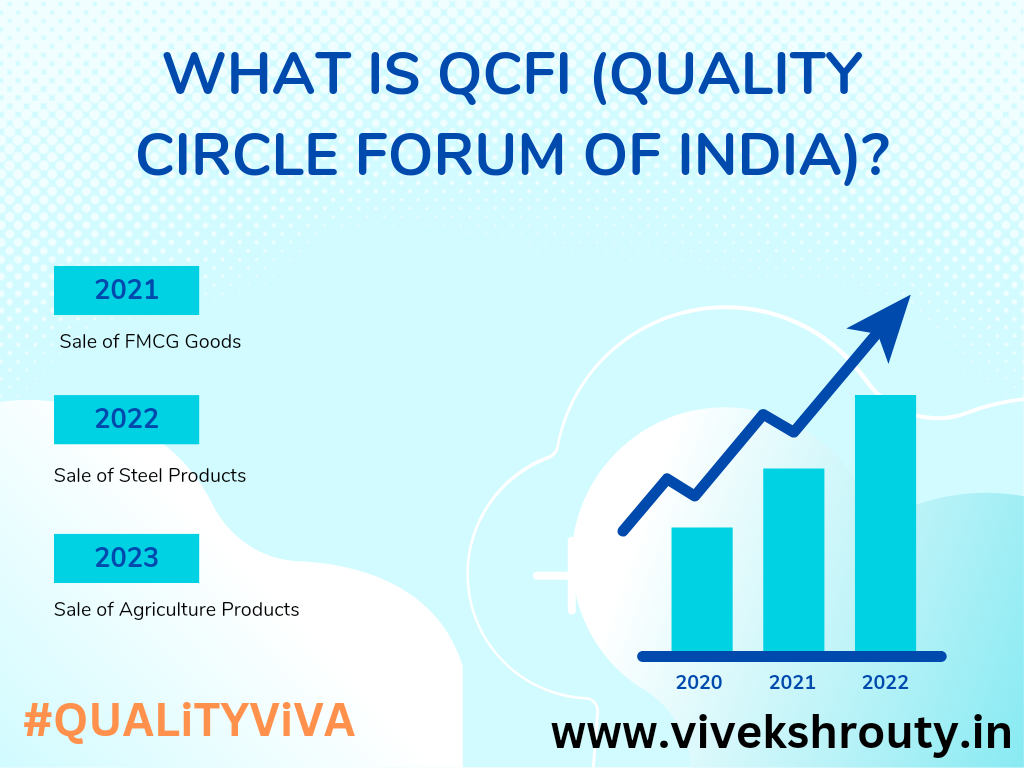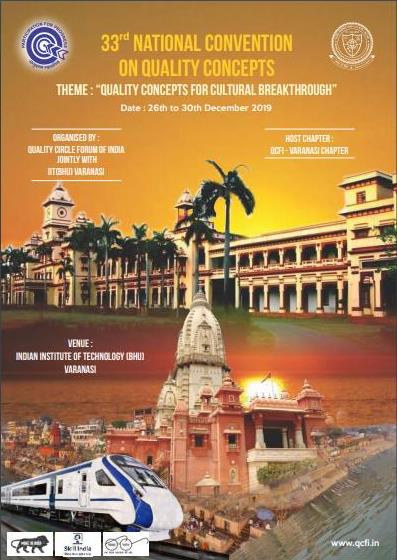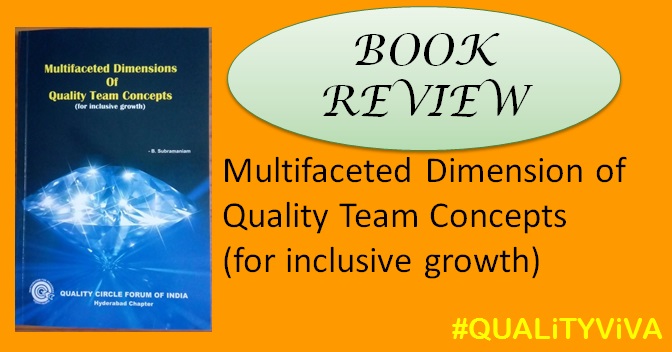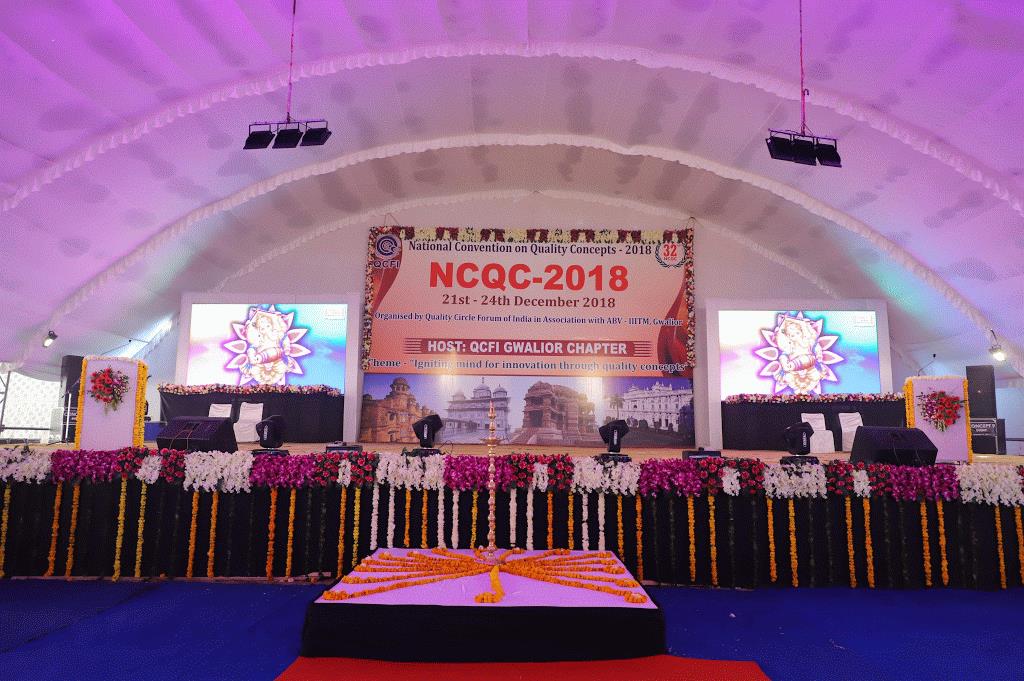In general, the bottleneck in a bottle is the narrow neck at the top of the bottle that is used to control the flow of liquid coming out of the bottle. The cork on the bottle is a stopper that is inserted into the mouth of bottle to seal the bottle and prevent the contents from spilling out.
Whereas the term “BOTTLENECK” use in context of any process improvement, then it can be understood as,
The bottleneck in any process is a point of constriction, or a step in a process that limits the flow of the entire process. It is the slowest part of the process and is usually the most critical step that determines the overall speed and efficiency of the process. Bottlenecks can occur in any area of a business, and can be caused by a variety of factors such as lack of resources, inefficient processes, or inadequate infrastructure.
In other words, the term “BOTTLENECK” in a process refers to a point where the flow of production or service is impeded, causing delays and inefficiencies. It is often the slowest or weakest part of a process that limits the overall throughput or capacity of the system. Identifying and addressing bottleneck is critical for improving the efficiency and effectiveness of a process.
BOTTLENECK
To improve a process, it’s important to identify the bottleneck and focus on eliminating or reducing it. Here are some strategies for improving a process by addressing bottlenecks:
Increase capacity at the bottleneck: One approach is to increase the capacity of the bottleneck itself. This might involve adding more resources, such as machines or staff, to speed up production at that point in the process.
Eliminate non-value-added activities: Another strategy is to eliminate any non-value-added activities that are causing delays at the bottleneck. This might involve reorganizing the process flow or removing unnecessary steps.
Implement process improvements: Process improvements, such as automation or better equipment, can also help to reduce bottlenecks and increase efficiency.
Improve communication and coordination: In some cases, bottlenecks may be caused by poor communication or coordination between different parts of the process. Improving communication and collaboration can help to identify and address these issues.
Analyze data and metrics: Collecting and analyzing data on the process can help to identify where bottlenecks are occurring and measure the impact of process improvements.
Whereas, author have a different thought process in mind that is, “THEORY OF CORK ON THE BOTTLE”
Improving a process involves identifying the known current inefficiencies or an area of weakness is nothing but the CORK on the bottle. This action enhances the effectiveness, efficiency, and overall quality of process.
In the journey of improvement of any Process, Product and Services one can apply this “THEORY OF CORK ON THE BOTTLE”.
Author believe, sometimes there is a situation like, CORK on the bottle which hinders the improvement in the process. The CORK (known current inefficiencies) lock inside the non-value added activities which does not come out of the bottle though capacity of the bottleneck itself sufficient and so process could not get improved as required and as planned.
The CORK on the bottle is of two types, one is a loose CORK and other is tight CORK on the mouth of the bottle. Both lock inside the non-value added activities as stated above which actually come across the improvement of any process.
In case of loose CORK, by shaking the bottle that is by just discussing on the problem the CORK came out by itself, whereas in case of tight CORK some more thought process is required to remove and this thought process is nothing but the implementation of basic brainstorming.
DE-CORK THE BOTTLE
To act on the process of removing the CORK that is De-cork the bottle, following are the recommended steps,
Identify the CORK: Begin by clearly identifying the CORK which is nothing but the thing one want to remove. In such case check inputs, outputs, and the steps involved in completing the process.
Analyze the CORK: Analyze the CORK by identifying its strengths, weaknesses, opportunities, and threats. Use data, feedback, and other relevant information to analyze the CORK.
After above two step, follow the below steps to improve the process.
Set goals: Set clear and specific goals in advance for process improvement which is required to implement after De-CORK. Also look for what is required to achieve, how it will measure progress, and what resources you will need to achieve your goals.
Develop a plan: Develop a plan to achieve the set goals. Identify the actions, resources, and timelines required to achieve the desired outcomes. Assign roles and responsibilities to individuals or teams involved in the process.
Implement the plan: Implement the plan, making sure to communicate the changes to everyone affected by the process. Provide training and support to ensure that everyone is aware of the changes and knows how to implement them.
Monitor progress: Monitor progress regularly and adjust the plan as needed after De-corked.. Use data to evaluate the effectiveness of the changes and make further improvements as required.
Celebrate success: Celebrate success when goals are achieved. Recognize the individuals or teams involved in the process improvement project and share the lessons learned with others in the organization.
Besides this, there is another CORK on the bottle that is People. This has to be well identified and analyze.
Some time or mostly people who do not accept the change are the biggest CORK on the mouth of the bottle (known current inefficiencies), which hinders the process of improvement and not allows other to act positively towards the improvement. This is also to be taken in consideration during improvement of any process.
Following steps in general can be taken to keep the CORK in the form of People,
- Identified and analyze the people which act as a CORK.
- Conducting awareness training for the people
- Enhancing the knowledge and skill about process and operation.
- Act on good communicating skill of people.
- Counselling of people
By following the above guideline/steps and accordingly taking action to remove the BOTTLENECK and CORK on the bottle, one can improve any process and achieve better outcomes, and higher quality results.
In conclusion, improving a process requires a systematic approach that not only involves identifying the BOTTLENECK but also it is important to identify CORK on the bottle (known current inefficiencies). Accordingly analyzing the root causes, and implementing the effective solutions to the problem.
So, by focusing on “THEORY OF CORK ON THE BOTTLE”, organizations can achieve a greater efficiency, productivity, and profitability.


















































